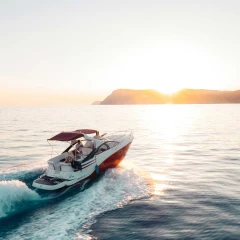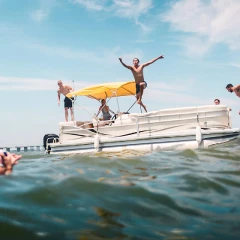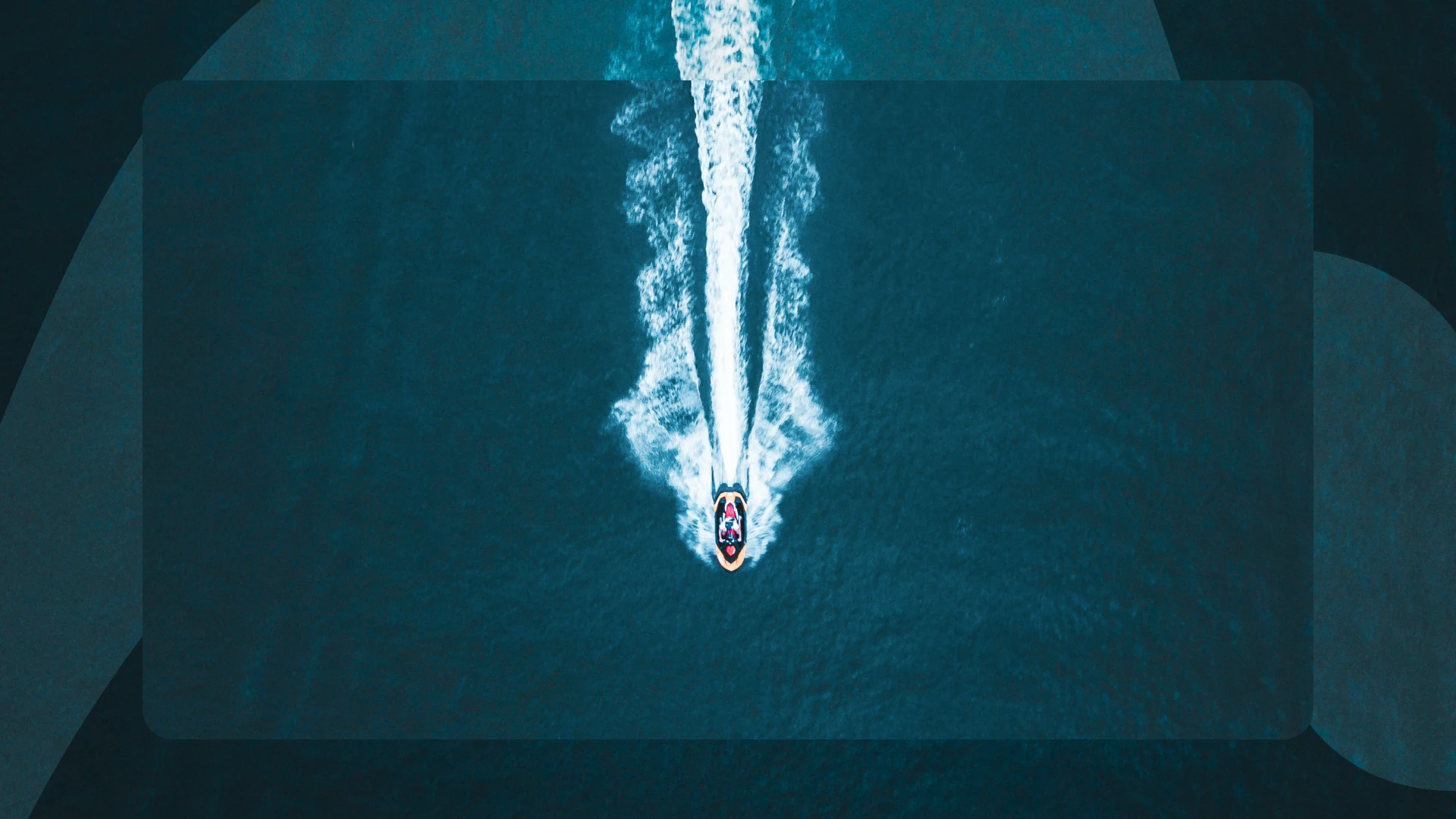













Personal Watercraft (PWC) insurance is more than just a checkbox—it’s a way to protect your ride, your gear, and yourself. From physical damage to liability claims, a well-rounded policy can give you peace of mind whether you're out cruising or towing a friend on a tube.
But not every policy is the same. Here’s a breakdown of the types of coverage you may see in a standard PWC insurance policy—and why they matter.
⚠️ Important: Coverage options vary by insurer. Always talk with your insurance agent to confirm what’s included in your specific policy and what’s right for your situation.
This may help pay for repairs or replacement if your watercraft is damaged or stolen. It typically includes the hull, engine, and any attached equipment. Deductibles apply, and some insurers let you adjust this to control your premium.
Some policies allow you to set an agreed value for your PWC in advance, so you know what you’ll get if it’s totaled. Others use actual cash value, which factors in depreciation. The difference can significantly affect your payout in a total loss scenario.
For newer PWCs, you may be eligible for full replacement cost coverage. This means the insurer may help cover the cost of a brand-new model of similar type if yours is stolen or declared a total loss—usually only for watercraft up to a certain age.
If you're at fault in an accident, liability coverage may help pay for bodily injury or property damage to others. It can include:
This may cover minor medical costs for you and your passengers if you're injured in an accident while operating or riding the PWC—regardless of who was at fault.
If another boater causes an accident and doesn’t have insurance, this coverage may be able to help pay for your injuries. It’s often bundled with liability coverage but not always included by default.
Optional towing or breakdown assistance may cover:
Some policies include coverage for freeze-related damage—typically only if you’ve used a certified winterization service. Check the fine print on this one, especially in colder climates. It is always a smart move to stay insured during the winter months.
This type of protection applies if one event (like wear and tear) leads to another major issue—such as fire or sinking. It's not always offered and may be specific to select insurers.
From phones and cameras to life jackets and waterproof bags, personal effects coverage can help reimburse you if items are lost or damaged while aboard your PWC.
While this list outlines what’s typically included in a PWC policy, every insurance company has its own coverage definitions, limits, and exclusions. That’s why it’s critical to:
Bottom line: Don’t assume you’re covered—confirm it. That conversation can save you time, money, and major headaches later.
